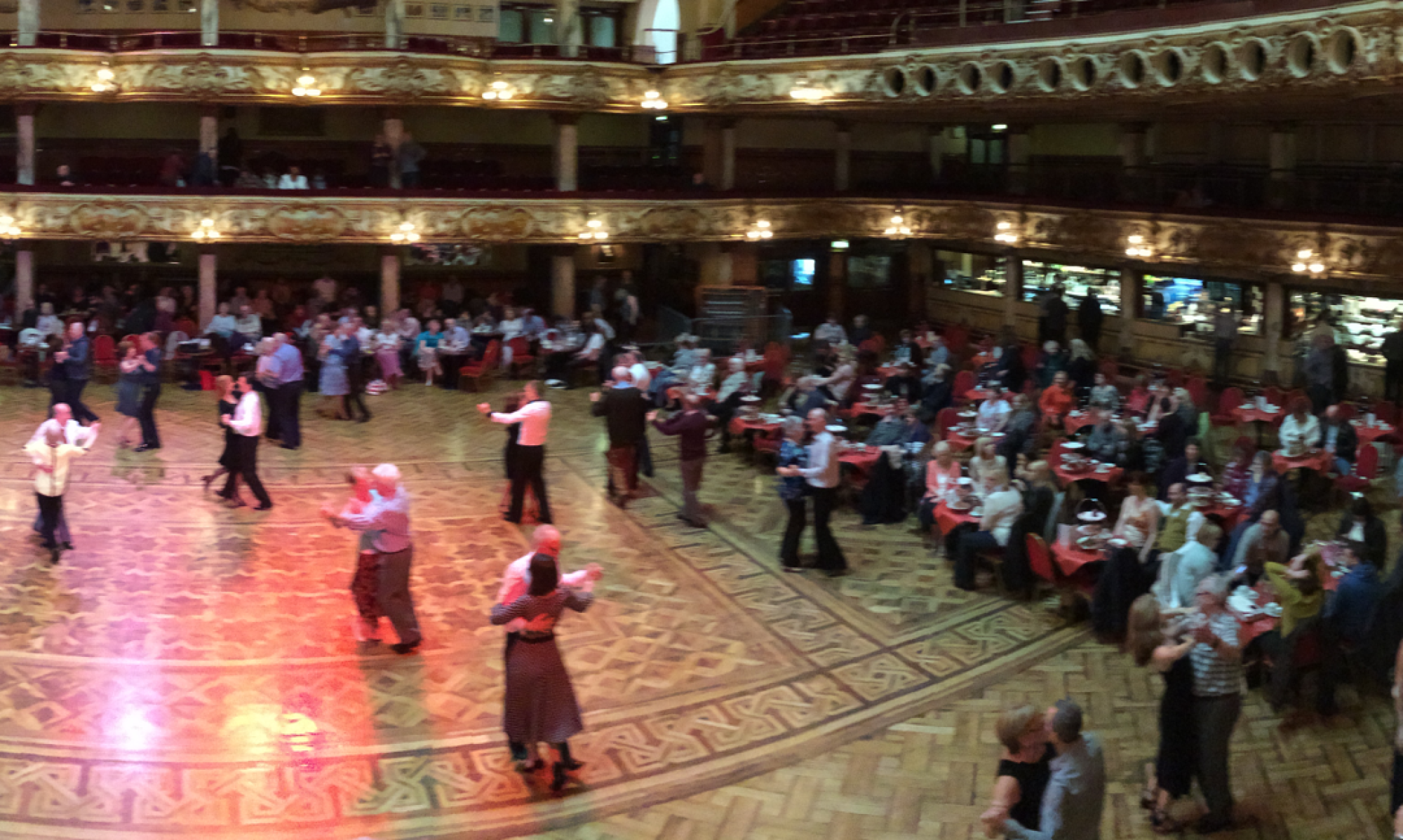Most of us hear at least a song or two every day – and many of us hear far FAR more than that. Yet, almost none of us stop to consider how a song is built, that there is a conscious reasoning behind the music we hear that makes the difference between harmony and cacophony. This is a huge opportunity that most dancers never take advantage of.
Musicality in dancing, put simply, is the ability to change your dancing with a change in the music. To do that, you need to know how long your patterns are, and how long a particular section of music is. Enter the 8-count, the basic unit of measurement we use to tie what we dance to what we hear. Continue reading “Keeping Time, Part Two: Understanding the 8-Count”
In the past, I’ve tried to explain how to improve dance timing in a variety of ways. In return, I’ve frequently met with frustration. I recall one reader brusquely replying, ‘I’m not a music major.’
I needed something simpler, some ideas that worked for anyone. And so, after hours of research, I’m finally ready with five new exercises. I hope they work for you too. Continue reading “5 Easy Tricks to Learn Dance Timing”
So far in section one and section two, we’ve focused on changes in energy in ballroom dance songs, and how we can use this to determine the pace and predict where the song is going. But some styles of music can prove much more complicated then the intro-verse-chorus pattern we discussed earlier. To better understand these, we must learn about musical form.
We’ve looked at how to understand and anticipate how most ballroom dance music is structured, so we can improve timing and musicality. But most songs won’t follow those rules perfectly. Today, we look at some of the little variations made within ballroom dance music structure. Continue reading “Ballroom Dance Music Structure: Variations”
One of the most frustrating barriers to becoming a great ballroom dancer is a lack of feeling for ballroom dancing music. You can know the moves, the technique, all of it, but if you can’t step on the beat or recognize where the ‘1’ is, everything still feels awkward.
If you’re reading this, odds are you like good ballroom music. Whether it’s for a performance, a social, or for practice, your favourite ballroom music energizes you, makes you want to strength further, push harder, dance fiercer.
All too often, I hear the same tired favourites when I go to dance halls and socials. So today, I’m sharing some of my top favourite ballroom dance songs in each genre, and why I like each one. I hope they inspire and delight you.
In our last article, we covered some of the basic ballroom arm styling we use to accentuate our body movements. Today, we take a look at how to modify our arm styling to better express different styles of movement.
In part 1 of ‘What IS This Dance Anyway??’, we covered how to distinguish 5 major dance music styles from each other . Today we’ll look at 5 more common Latin and ballroom dances: Foxtrot, samba, merengue, Viennese waltz, and east coast swing. Let’s get cracking. Continue reading “What Ballroom Dance IS This Anyway?? Part Two”
You know what’s frustrating? Learning some great moves in a dance you love, then going out to a social dance and realizing you can’t tell what songs you can use them to.
Yet, despite how confusing it can be at the beginning, there ARE certain instruments or sound styles that traditional music of a dance genre use. Let’s look at a few of the most popular: salsa, cha cha, rumba, waltz, and tango.
